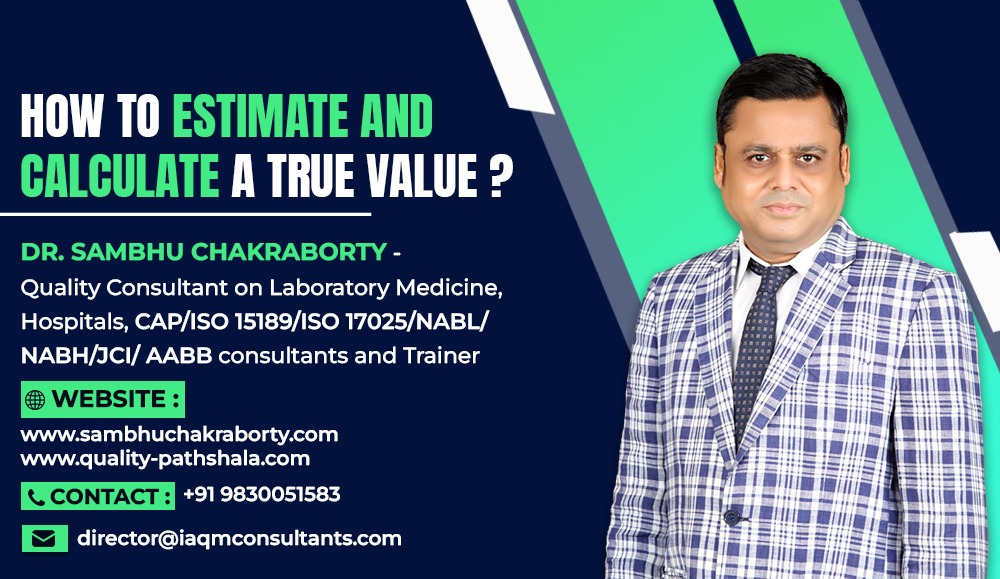Let’s consider an example of how the true value of a test parameter can be derived using a certified reference material:
Example: Determining the True Value of Blood Glucose using a Certified Reference Material
Step 1: Obtain Certified Reference Material (CRM) In this example, a certified reference material for blood glucose is available from a reputable standard-setting organization. The CRM is a well-characterized material with a known and traceable concentration of blood glucose.
Step 2: Calibration Calibrate the laboratory’s blood glucose testing equipment using the CRM. The calibration process involves running the CRM on the testing equipment and establishing a calibration curve. The calibration curve relates the instrument’s signal response (e.g., absorbance or electrical signal) to known concentrations of the CRM.
Step 3: Test Sample Measurement Now, run the blood glucose test using patient samples on the calibrated equipment. The instrument will provide test results in the same units used to express the CRM’s concentration (e.g., mg/dL or mmol/L).
Step 4: Comparison with CRM Compare the test results obtained from patient samples with the CRM’s known concentration. The CRM’s concentration represents the true value of blood glucose for the specific test.
Step 5: Assessment of Accuracy The accuracy of the test can be assessed by calculating the bias between the test results and the CRM’s true value. Bias represents the difference between the test results and the true value and indicates how much the test results deviate from the CRM’s concentration.
Example Calculation: Assume the CRM’s certified concentration for blood glucose is 100 mg/dL. After testing patient samples, the laboratory obtains an average test result of 98 mg/dL.
Bias = (Test Result – CRM True Value) / CRM True Value Bias = (98 mg/dL – 100 mg/dL) / 100 mg/dL = -2%
In this example, the test method shows a bias of -2%, indicating that the test results, on average, are 2% lower than the true value represented by the CRM.
By using certified reference materials and calibration procedures, laboratories can assess the accuracy of their test methods and ensure that the reported test results are reliable and aligned with the true values of the measured parameters.
About the author
Dr. Sambhu Chakraborty is a distinguished consultant in quality accreditation for laboratories and hospitals. With a leadership portfolio that includes directorial roles in two laboratory organizations and a consulting firm, as well as chairmanship in a prominent laboratory organization, Dr. Chakraborty is a respected voice in the field. For further engagement or inquiries, Dr. Chakraborty can be contacted through email at director@iaqmconsultants.com and info@sambhuchakraborty.com. Additional resourcesand contact information are available on his websites, https://www.quality-pathshala.com and https://www.sambhuchakraborty.com, or via WhatsApp at +919830051583

Great blog!
How linearity works in Calibration?
Thanks